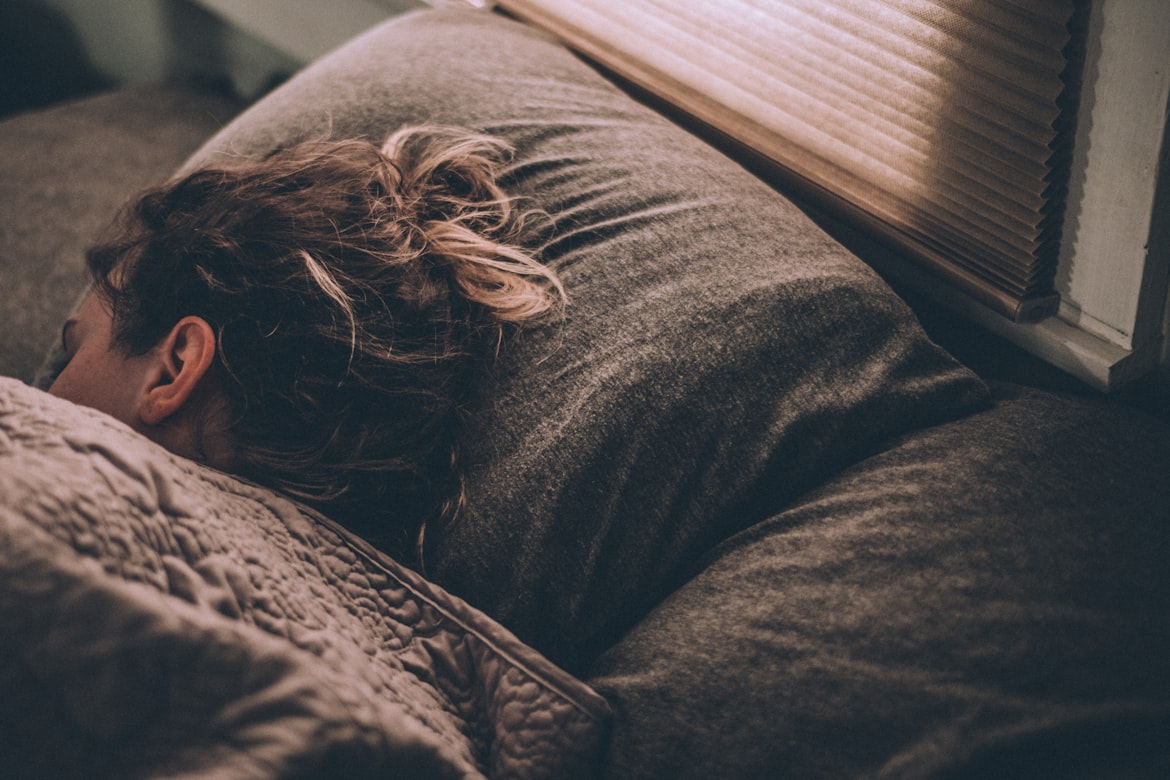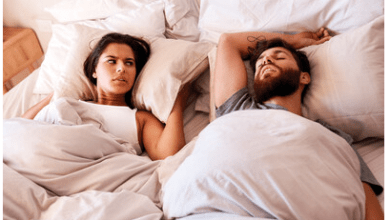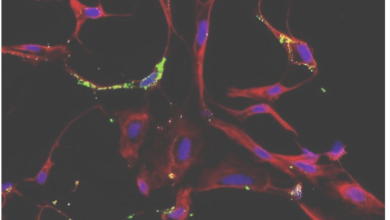5 Surprising Facts About REM Sleep

Rapid eye movement (REM) sleep describes a sleep pattern in which you come out of deep sleep, with your brain activity increasing to what it might be like if you were awake. You experience faster breathing, increased heart rate and blood pressure, and rapid eye movement.
As you’re asleep during any sleep stage, you’re unlikely to know what happens to your body unless you read about it or monitor your sleep patterns on a smart device. However, if you’re curious about what REM sleep looks like for you, here are some surprising facts you might not know.
Table of Contents
You Experience More Vivid Dreams
You might rely on dream specialists like Ever Spiritual to explain the dreams you’ve been having, but you may not know that REM sleep is what causes you to experience those more intense or vivid dreams in the first place.
Even though most people will spend about two hours dreaming while they sleep, dreams are generally more vivid in REM sleep because you’re more lucid during the REM sleep cycle than during non-REM. However, studies show that dreams might be less likely to be stored in the hippocampus during this sleep stage, which means you might be more likely to forget them.
Your Arms and Legs Are Paralyzed
It might seem scary to think that you aren’t able to move during REM sleep, but it’s a normal part of this sleep cycle. Often, the major muscles in your body that you usually have complete control over becoming temporarily paralyzed. This is due to the nerve pathways that stop muscles from moving and being active.
Scientists have long been trying to determine how these muscles become paralyzed, believing it might help them develop new sleep disorder treatments. Through their research, they were able to prevent REM sleep paralysis by blocking the ionotropic receptors and metabotropic GABAB receptors.
Narcolepsy Sufferers Can Experience REM Sleep Symptoms While Awake
Narcolepsy is a chronic sleep disorder that results in overwhelming daytime drowsiness, sudden sleep attacks, and sudden loss of muscle tone. Many factors, even laughter, can trigger this uncontrollable daytime sleepiness, and it’s not uncommon for sufferers to experience limb paralysis like people would during REM sleep cycles. They might also have dream-like hallucinations when they fall asleep and wake up.
You Brain Might Be Able to See
Rapid eye movement is one of the most common signs of REM sleep, which is what this sleep cycle is named after. Scientists believe that when dreamers move their eyes, they see images in their mind’s eye. During a study of people sleeping with their brain activity being recorded, every eye movement resulted in a burst of brain activity. In past studies, similar activity was recorded when people looked at images of people and places.
Alcohol Might Stop REM Sleep
Many people don’t experience a restful sleep after drinking alcohol, even if falling asleep is easy. You might even wake up tired, and this might be because alcohol may result in a loss of REM sleep, which is a necessary restorative sleep stage.
Most people get at least a small amount of REM sleep, but we might not know it. The next time you have a vivid dream or wake up tired, you might be questioning just how much of this crucial sleep type you had.






